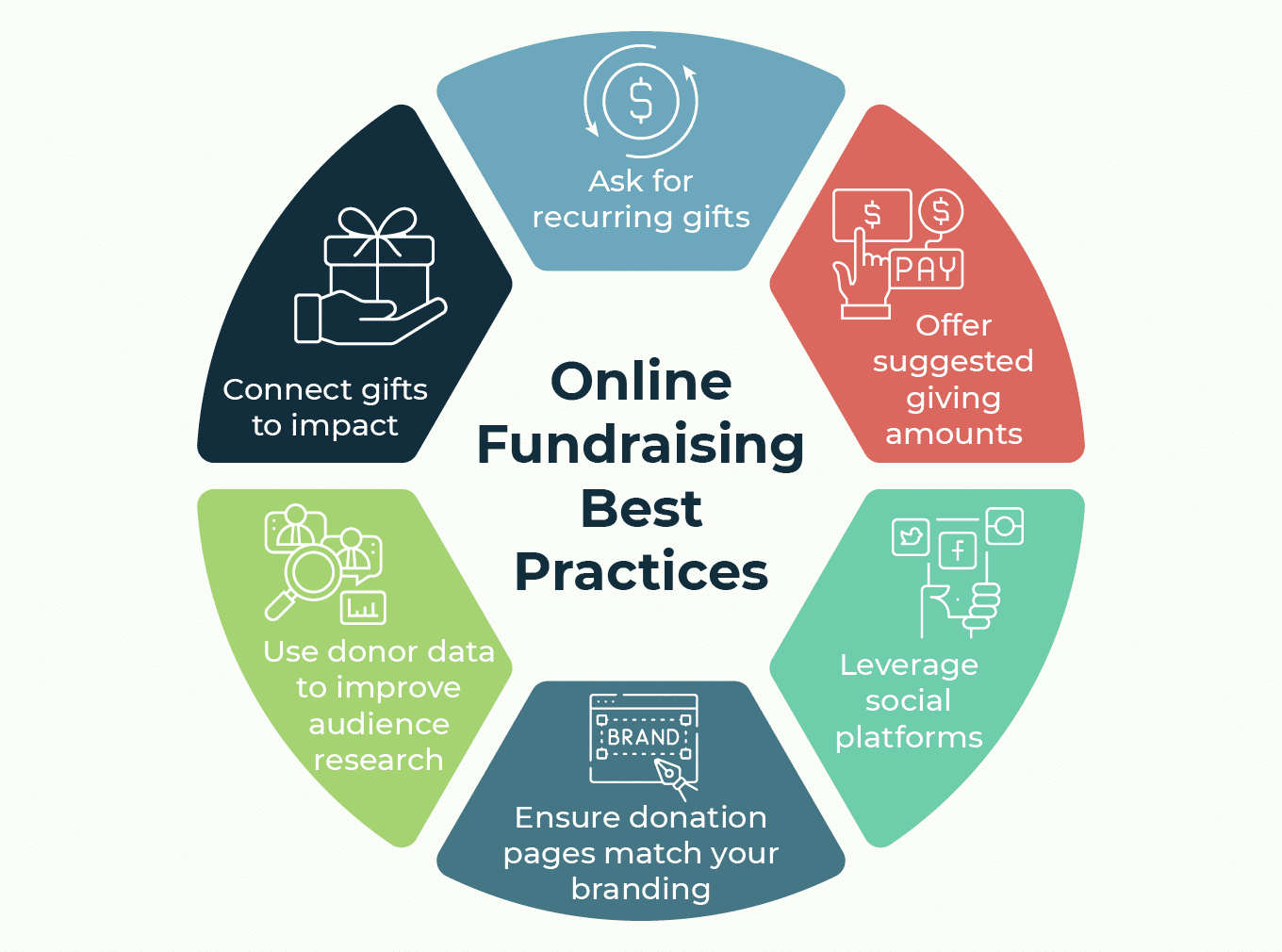Innovative Nonprofit Fundraising Ideas: Boost Donations and Engagement
Innovative Nonprofit Fundraising Ideas: Boost Donations and Engagement
Blog Article
The Role of Neighborhood Engagement in Nonprofit Fundraising: Structure Lasting Relationships for Sustainable Assistance
Area engagement is increasingly recognized as a crucial element of effective nonprofit fundraising. By cultivating authentic connections with neighborhood stakeholders, companies can cultivate trust and commitment, which are necessary for sustainable assistance. However, the approaches and methods employed to engage areas vary extensively, elevating crucial questions about performance and effect. What are the ideal techniques for cultivating these vital connections, and how can nonprofits determine their success in this sector? Understanding these characteristics might dramatically influence the future of fundraising initiatives and the general mission of not-for-profit organizations.
Comprehending Area Interaction
Community interaction is a vital part of effective nonprofit fundraising initiatives. It refers to the methods and tasks that organizations employ to attach with their local communities, cultivating relationships that are mutually useful. Understanding neighborhood interaction entails acknowledging its complex nature, which consists of cooperation, participation, and outreach. Nonprofits have to recognize vital stakeholders-- such as area members, local organizations, and other companies-- to produce efficient engagement approaches.
Reliable neighborhood involvement is predicated on energetic listening and responsiveness to the needs and interests of the neighborhood. This process includes getting responses, recognizing area dynamics, and making sure that the organization's goal aligns with local concerns. Involving the area can take numerous types, consisting of public conferences, volunteer opportunities, and collaboration campaigns, each made to motivate involvement and investment in the organization's objectives.
In addition, neighborhood engagement need to be approached as a continuous dialogue as opposed to an one-time initiative. By cultivating an inclusive environment where community voices are listened to and valued, nonprofits can build a solid foundation for future fundraising endeavors. Inevitably, a deep understanding of community involvement empowers companies to create authentic connections that improve their general performance and sustainability.
Advantages of Solid Relationships
Strong partnerships developed with area interaction return many benefits for nonprofit fundraising efforts. First and leading, these relationships foster trust and reputation, necessary components in encouraging donors to contribute. When possible supporters see a not-for-profit actively associated with their area, they are more probable to believe in its mission and influence.

In addition, these relationships help with reliable communication. Nonprofits can utilize their connections to share stories of effect, updates, and needs, making sure that advocates remain enlightened and involved. This open line of communication not just strengthens bonds but additionally encourages word-of-mouth promotion, expanding the nonprofit's reach.
Finally, solid area ties can draw in brand-new companions and enrollers. Businesses and individuals are more likely to straighten with organizations that show significant community involvement, giving extra sources and support that can substantially improve fundraising capacities. Thus, cultivating robust relationships through area involvement is essential to a nonprofit's long-term fundraising success.
Strategies for Efficient Involvement
Just how can nonprofits efficiently engage their neighborhoods to boost fundraising initiatives? Regular updates, involving material, and calls-to-action can galvanize neighborhood interest and participation.
Second, holding neighborhood events, such as workshops, volunteer opportunities, or fundraising drives, facilitates in person communication, permitting nonprofits to display their effect and efforts. These occasions not only raise funds yet additionally grow connections and enable community participants to engage straight with the reason.
Third, carrying out tailored communication methods can improve engagement. link Tailoring messages to particular contributor segments based on rate of interests and previous contributions cultivates a feeling of belonging and financial investment in the organization's mission.
Last top article but not least, producing collaborations with neighborhood businesses and community leaders can enhance outreach efforts. Collective efforts can improve visibility and integrity, showing a collective dedication to the community's well-being. By integrating these strategies, nonprofits can construct lasting relationships that boost fundraising efforts and drive lasting support.
Gauging Involvement Success
While involving the area is important for successful not-for-profit fundraising, gauging the performance of these interaction efforts is similarly important. Establishing clear metrics permits organizations to examine exactly how well they are getting in touch with their target market and attaining their fundraising goals. Secret performance indicators (KPIs) such as benefactor retention rates, volunteer involvement levels, and involvement on social media platforms provide concrete data for evaluation.

Consistently evaluating these metrics enables organizations to pivot their approaches when essential, ensuring that community involvement remains aligned with their overall goal. In addition, sharing these outcomes with stakeholders promotes openness and constructs trust, motivating further community involvement. Ultimately, a durable dimension framework not just educates future fundraising initiatives but additionally reinforces the partnership in between the not-for-profit and its supporters, preparing for lasting success.
Situation Researches in Neighborhood Effect
Various study show the profound impact that community interaction can have on not-for-profit fundraising success. One notable example is the "Food for Idea" effort, where a neighborhood food bank partnered with institutions and services to host area suppers. These occasions not just raised funds however likewise cultivated a sense of belonging amongst participants, significantly raising benefactor retention rates.
An additional engaging instance is the "Environment-friendly Spaces Project," which involved neighborhood homeowners in the revitalization of metropolitan parks. This effort not just gathered financial about his support from regional organizations but also grew a volunteer base that contributed to ongoing upkeep and shows. The sense of ownership and pride among neighborhood members translated into sustained contributions.
In the world of arts, the "Art for All" project successfully engaged neighborhood artists and patrons to develop joint art installations, leading to boosted presence and donations for a regional arts not-for-profit.
These examples highlight that when nonprofits prioritize community involvement, they can create enduring relationships that improve fundraising efforts, guaranteeing sustainable support and promoting a dynamic community society. Such instances show that community engagement is not just a strategy yet an important pillar of nonprofit success.
Final Thought
In verdict, area interaction is important to the success of not-for-profit fundraising initiatives. Inevitably, a robust foundation of area support not only intensifies fundraising potential yet additionally grows a culture of collaboration, crucial for attaining long-lasting business objectives and maintaining meaningful influence. fundraising consultant.
Nonprofits need to determine crucial stakeholders-- such as community members, neighborhood companies, and other companies-- to develop efficient engagement strategies.

In verdict, neighborhood involvement is indispensable to the success of not-for-profit fundraising efforts.
Report this page